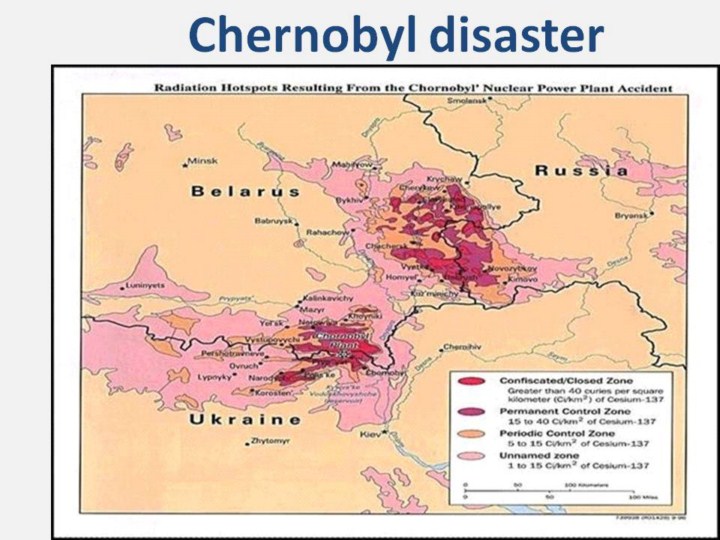| front |1 |2 |3 |4 |5 |6 |7 |8 |9 |10 |11 |12 |13 |14 |15 |16 |17 |18 |19 |20 |21 |22 |23 |24 |25 |26 |27 |28 |29 |30 |31 |32 |33 |34 |35 |36 |37 |38 |39 |40 |41 |42 |43 |44 |45 |46 |47 |48 |49 |50 |51 |52 |53 |54 |55|56 |review |
 |
The 2005 report prepared by the Chernobyl Forum, led by the International Atomic Energy Agency (IAEA) and World Health Organization (WHO), attributed 56 direct deaths (47 accident workers and nine children with thyroid cancer) and estimated that there may be 4,000 (questioned, could be higher) extra cancer deaths among the approximately 600,000 most highly exposed people. Although the Chernobyl Exclusion Zone and certain limited areas remain off limits, the majority of affected areas are now considered safe for settlement and economic activity Twenty-nine major nuclear accidents have occurred since the Chernobyl disaster, and 71 percent of all nuclear accidents (45 out of 63) occurred in the United States, challenging the notion that severe nuclear accidents cannot happen within the United States or that they have not happened since Chernobyl.
|